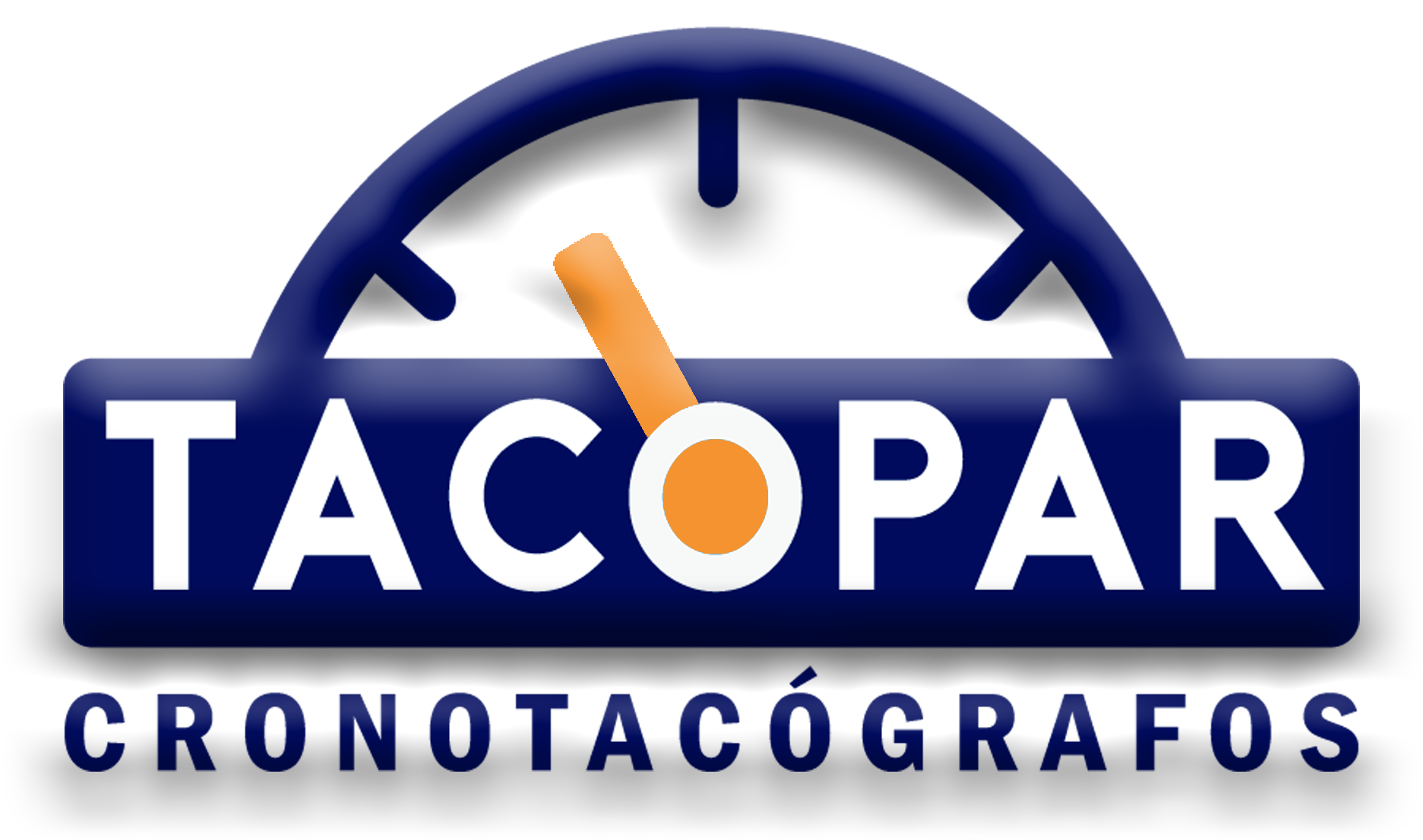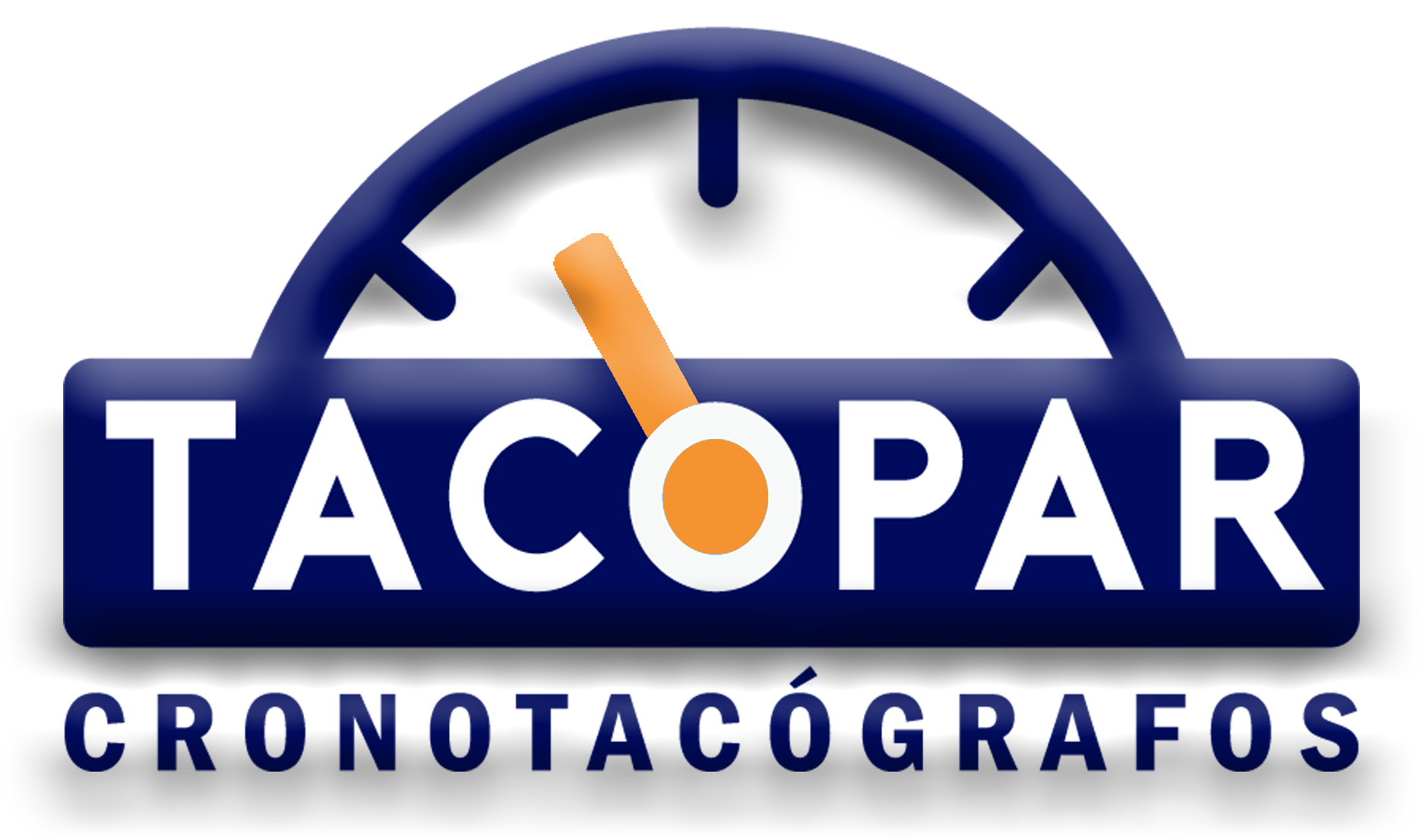ESP32 vs ESP8266 ¿Cuales son las diferencias entre ambos módulos?
This boost in processing power and memory makes the ESP32 ideal for more intensive applications. These integrated sensors in the ESP32 provide more functionality out of the box, allowing you to create projects without the need for https://traderoom.info/brainwagon-the-esp32-vs-the-esp8266/ additional components. It operates on a Tensilica Xtensa LX3 processor and is primarily intended for smart devices, wearables, and Wi-Fi-enabled projects.
How to Make a Money Transfer Application: Features, Tech Stack, and Monetization
This table serves as a reference point, summarizing each microcontroller’s capabilities and offerings. However, the price difference between the two has been reduced in recent years. Depending on where you’re buying from, you can generally find both boards for sale at more or less the same price. In such cases, the ESP32, with its better connectivity features, can be a better deal at the same price. So, in terms of programming support and community resources, there is little to no competition between the two boards; both provide an extensive range of supported languages and resources.
The ESP8266 has been on the market for a long time and can get more support in software, which will be more convenient and compatible to use. However, the ESP8266 has some limitations in terms of GPIO mapping and does not have enough pins to operate. The ESP32 has more processing power than the ESP8266, which gives the ESP32 an advantage in handling complex tasks. 2 The ESP32 and ESP8266 are relatively inexpensive, making them suitable for low-cost IoT projects and prototyping.
GPIO comparison:
In the end, your selection of a microcontroller will depend more on your project’s specific requirements than hard numbers. ESP32 clearly wins most match ups, but it falls behind in simplicity and power efficiency. This explains why the ESP8266 remains a popular choice for many, despite not being the top performer. Furthermore, both boards support programming in MicroPython, Lua, JavaScript, and other languages (a full list is available on the wiki), making them accessible to a wide range of programmers.
The family of ESP microcontrollers can be effectively used in IoT projects of varying complexity. The ESP32 emerges as the overall winner, earning the title of the top Wi-Fi-enabled MCU. Your decision should be guided by your project’s specific needs rather than just performance metrics. While the ESP32 excels in many areas, it lags behind in simplicity and power efficiency, which is why the ESP8266 remains popular for many users. Both microcontrollers have advanced power-saving features to minimize energy consumption effectively. These integrated sensors in the ESP32 provide more functionality out of the box, reducing the need for additional components in your projects.
- As a result, they may be of more interest to projects that require higher performance, more complex functionality, and broader support for these development boards.
- 1 Both WiFi modules come with GPIOs and support various protocols such as SPI, I2C, UART and more.
- In MicroPython, most Python scripts are compatible with both boards (different from when using the Arduino IDE), ESP32 and ESP8266 can use the same script.
- Each IoT application or home device requires a proper microcontroller and ESP series are very good to choose from.
- ESP8266 power consumption is comparatively low for such solutions with WiFi.
Although it doesn’t have as many functionalities, it works just fine for most simple DIY IoT projects. However, it has some limitations in the GPIO mapping, and it might not have enough pins for what you intend to do. Another popular way of programming the ESP32 and ESP8266 boards is using MicroPython firmware. When it comes to the analog pins, these are static, but the ESP32 supports measurements on 18 channels (analog-enabled pins) versus just one 10-bit ADC pin on the ESP8266.
ESP32 vs ESP8266 – Pros and Cons
The ESP32 and ESP8266 are cheap Wi-Fi modules perfectly suited for DIY projects in the Internet of Things (IoT) and Home Automation fields. Our Svitla Systems specialists have been working in the IoT field since its inception, giving us the ability to qualitatively and quickly develop a backend for your IoT project. We have experience in developing client software in the IoT field. To program Espressif ESP-32 microcontrollers, there is an ESP-IDF development environment. This is the official development framework for the ESP32 and ESP32-S Series SoCs.
MicroPython is a re-implementation of Python 3 targeted for microcontrollers and embedded systems. So, if you already know how to program in Python, you also know how to program in MicroPython. The following table shows the main differences between the ESP8266 and the ESP32 chips (table adapted from AMICA_IO). While the ESP32 can cost around $6 to $12, the ESP8266 can cost $4 to $6 (but it really depends on where you get them and what model you’re buying). Also, a huge plus is the availability of two software development options for these controllers – through the native compiler and through the Arduino environment. In general, the ESP8266 and ESP32 controllers do not compete with each other – they perform different tasks.
Notably, it has a dual-core Tensilica Xtensa LX6 microprocessor, greatly boosting its computational power. ESP32 devices have more GPIO to work with more useable and complicated projects. It is a better suited for every situation where an application needs a microcontroller.
In our practical life and work, the vast majority of electrical equipment or household appliances, are using alternating current (AC), the power supply department grid to provide alternating current. Seraphina Blair graduated from the University of California, San Diego with a bachelor’s degree in electrical engineering, followed by a bachelor’s degree in editing and a master’s degree in linguistics. Seraphina Blair has held positions as an electronics engineer and has gained extensive experience in electronic equipment repair and troubleshooting. As a veteran electronics professional, Seraphina Blair is committed to providing reliable guidance and support to readers of the Jak electronics community. In MicroPython, most Python scripts are compatible with both boards (unlike when using Arduino IDE). This means that most of the time, you can use the same script for ESP32 and ESP8266.

